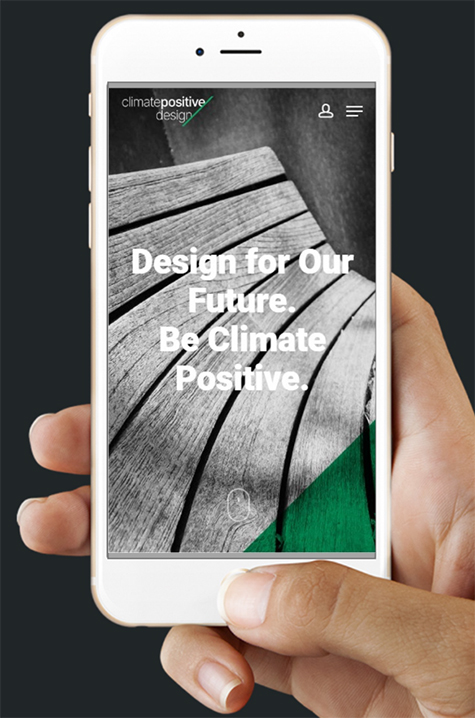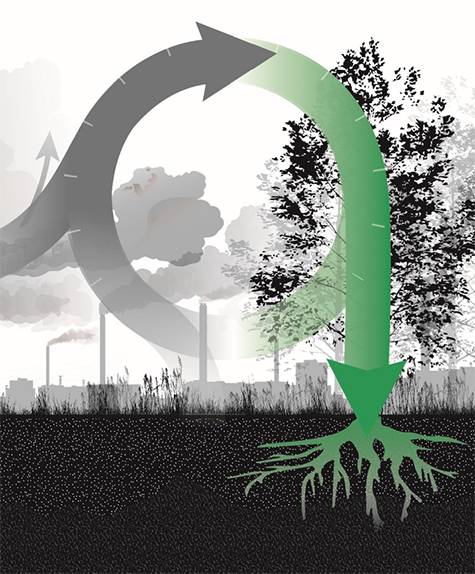Jared Green has written a review for The Dirt of a new tool for assessing the climate footprint of landscape projects. The tool is free and quite easy to use, but requires soem modification to apply to areas outside of the USA.

Let’s be frank: landscape architecture projects can add to the climate crisis. If projects aren’t purposefully designed and built with their carbon footprint in mind, they are likely contributing more greenhouse gas emissions to the atmosphere than they can sequester over their lifespan. Projects can incorporate too much concrete and other carbon-intensive materials, too few trees and shrubs, or require industrially-produced fertilizers or gas-powered mowers or pruners for long-term maintenance, running up long-term emissions.
Instead, landscape architects can design and build projects that are not only meant to be carbon neutral, but go further and become “climate positive,” meaning that over their lifespan they sequester more greenhouse gas emissions than they embody or produce.
To help landscape architects reach this goal, Pamela Conrad, ASLA, a principal at CMG Landscape Architecture in San Francisco, has created an inventive new platform: Climate Positive Design.
She has also thrown down the gauntlet with a new challenge: if all landscape architects and designers use the approach, they could reduce greenhouse gas emissions in the atmosphere by 1 gigaton by 2050. That would put landscape architecture well within the top 80 solutions found in the Project Drawdown report.

According to Conrad, Climate Positive Design “is not only an opportunity to re-imagine how we design our world from every aspect, but a responsibility.”
Using the site’s Pathfinder tool, landscape architects and designers can establish and then ratchet up specific sequestration and emission reduction targets for their own projects. “A target of five years is suggested to offset carbon footprints for greener projects like parks, gardens, campuses, and mixed-use developments. For more urban projects that require a greater amount of hardscape to accommodate programming, twenty years is the targeted offset duration.”
Through her research, which includes illustrative and useful case studies produced with CMG, Conrad found that “targets could be met without changing the program or reducing the quality – the projects merely became greener.”
